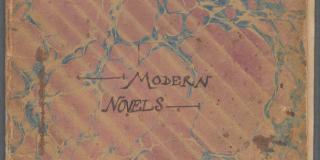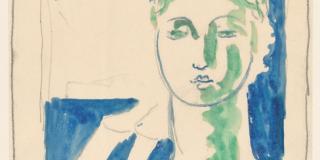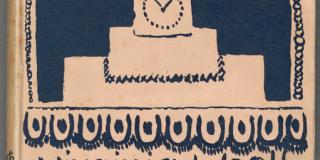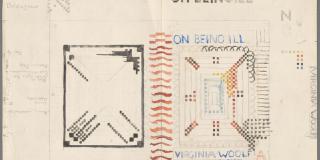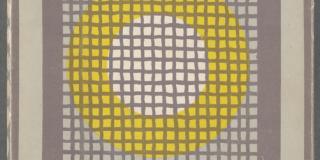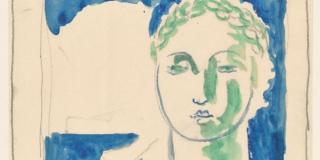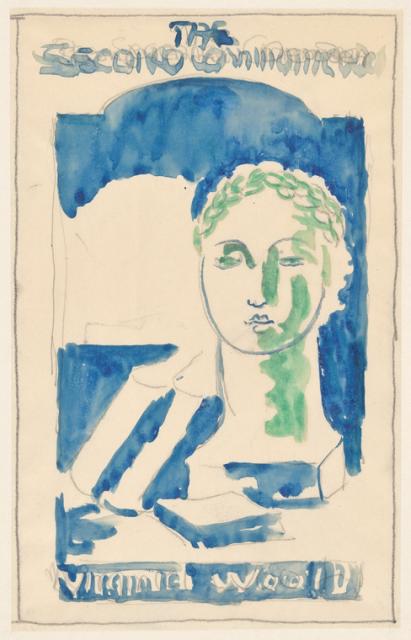
Section 3: Criticism
Woolf’s most-read book might be A Room of One’s Own (1929), her long protofeminist essay on the importance of women having a room with a door and a lock—plus an income—in order to write. She maintained that privilege and support were necessary for the creative life, and that structures of support had historically been denied women.
Woolf drew only a modest income for the first twenty years of her career, relying on her family and later by her husband and their investments for financial support. It was with the publication of To the Lighthouse that her earnings finally surpassed £500, the minimum she identified in A Room of One’s Own as necessary for a woman to write.
Essays and criticism, especially those placed in the better-paying American periodicals, always formed a significant percentage of her writing income. They were also her earliest interest, as evidenced by the writing exercises in her first diaries. Her subjects ranged from the lives of the obscure, to literature’s themes and history, to the work of the contemporary authors she read assiduously—among them Ernest Hemingway, Leo Tolstoy, and Edith Wharton.
